Empowering Youth to Address Real-World Problems
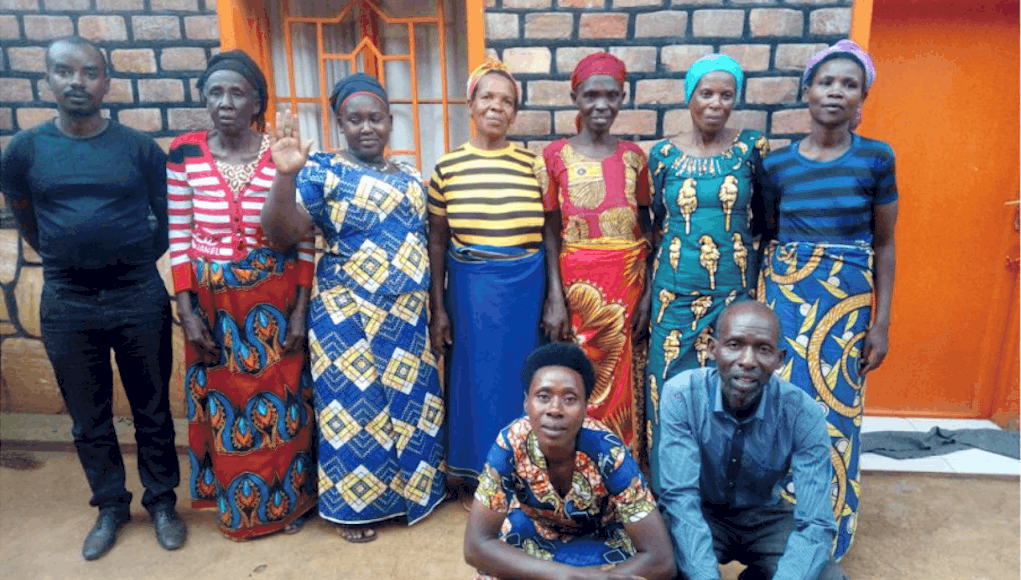
Curriculums that integrate real-world situations engage but also enable learners to have a positive impact. In this digitally connected world, we are more than ever before, invited to examine the concept of community. The education field is perfectly positioned to broaden our communities as we move into this second decade of the second millennium. Myriad opportunities exist in which students are able to positively and sustainably impact the lives of others.
From Compliance to Engagement
Though just 17 years young, few would argue the extent of Greta Thunberg’s (@GretaThunberg) influence. Moreover, she is an emblem of a youth who is re-defining responsible leadership, where sustainability and equitability are cornerstones. Our schools and classrooms are long overdue when it comes to being transformed from passive closed vessels; from four walls, rows of desks and systems of compliance, to learning that has no bounds, collaboration and learning with passion and purpose. The United Nations Development Programme 2030 Agenda attests to the importance of empowering youth: “To utilize young people’s potential as agents of change, requires involving and empowering them in development, policies and supporting their participation at all levels.” Students—all people I might argue—yearn to live purposefully and make a difference.
One Example of Engagement and Purpose
Simulations are valuable, yet real-world learning even more so. Thus, when seventh-grade students as part of a unit on poverty, examined creative solutions such as microfinancing, they weren’t passively put through a simulation. Rather, this was a fresher way of educating empowered students, and they were trusted to loan actual money. Objectives included becoming more value-driven, but also globally-minded. Students partnered with KIVA (@Kiva), a non-profit organization with a mission to connect people through lending to alleviate poverty. The core concept of lending carries greater precedence than simply giving, case in point being the hinge point of sustainability. KIVA means “unity” in Swahili, which is fitting, as the project enabled students a chance to both, show and feel exactly this: unity.
Backstory on KIVA Project
Currently, more than 1.7 billion, approximately ¼ of the world’s population is unbanked. Unable to secure a loan, KIVA seeks to serve such individuals. KIVA is about loaning, not donating and operates on the principle of crowdfunding, for as little as $ 25 USD. This has helped unlock capital for more than three million borrowers, in over 70 countries. 81 % of the borrowers are women.
Sabina Vogt, a seventh-grade teacher at the International School Bangkok, desired to integrate KIVA. “We wanted something more authentic that provided students the chance to make a positive sustainable change in the world.” The culminating project Vogt co-designed was divided into thirds: research, visual and script creation, and presentation.
During the first step and in-depth research, students began to make connections between a country’s relationship with poverty and its economy, geography, education, and healthcare. Students were tasked with selecting an individual represented on KIVA, or borrower. Carefully students considered the borrowers’ story, loan request, and type of business or activity. Would the loan support just an individual or possibly have a larger and more sustainable impact? What was the link between the request and the United Nations 17 Sustainable Development Goals (SDGs)? For example, climate action or good health. Further, students were challenged to consider if the four compass points (Nature, Economy, Society, and Wellness) were balanced.
Next, creativity kicked in as students utilized digital media to assemble visual presentations. The student-centered learning environment, reflected students teaching and learning from each other. Hence, students developed scripts that hopefully would engage but also persuade. Each classroom had but $25 to fund. Twenty-five dollars may not seem substantial and yet, every dollar counts, especially when one-third of the world’s population lives on less than $2 a day!
On showcase day, much excitement was in the air, but also a bit of anxiety. Student empowerment and ownership were evident as students wanted to represent their KIVA person’s profile well. “I just wanted to make sure I did everything I could to make sure Antonio’s plea for loan was given a fair shake by my classmates,” one student reflected. Following presentations, students silently weighed in, voting for who they felt merited the loan. Maturity was evident as the results were not merely a reflection of the most popular in the class. Then, actual funds were directly deposited, one student whose person and project was funded, drew out the drama. “Drum roll please,” she urged before clicking, “LEND NOW.”
In the coming months, students would closely follow along, until the loan was paid back in full. “Last year’s seventh graders continue to surprise me with e-mails or conversations in the hallway, often asking about the progress of the loans they remembered providing.” Some students have spoken at home and families have begun to similarly participate.
This year’s loans were provided to individuals in Jordan, Cambodia, Philippines, Lebanon, Rwanda, and the Democratic Republic of the Congo. Projects ranged from a mother running her online business selling accessories to help cover her sick husband’s medical needs, to a woman requesting a loan to purchase more seeds and fertilizers to support her farming business.
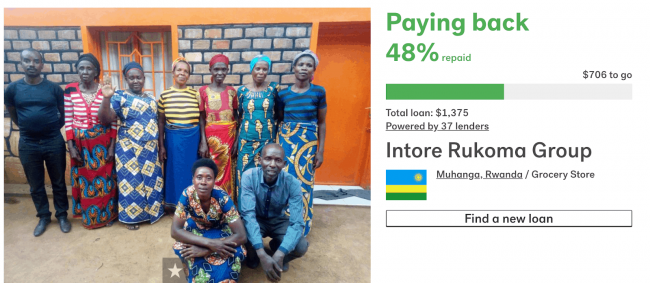
Moving Forward
Opportunities to enable learners to make an impact by solving real-world problems are aplenty. Yet educators are encouraged to check out KIVA for themselves. The repayment of loans, 96.6%, speaks volumes. Built upon the work of Muhammad Yunus, a Bangladeshi banker, economist, and Nobel Peace Prize recipient, KIVA turns 15 this year. Notable entrepreneurs joined KIVA’s staff early on including executives from PayPal and LinkedIn. Now, more than two million people have participated in the lending, for a total of over 1.36 billion dollars. That’s nine zeros!
But $25 is all that is needed to get started.
A KIVA club might be one way for educators to get started. Inviting students to participate as they explore causes they care about. This could very well address a school’s need to begin personalizing learning. Further, depending on where your school is, there may exist the opportunity for students to engage with partnering organizations and even recipients of loans.
Oprah Winfrey summed it up well when she said, “KIVA is a simple concept that can change a person’s life.” The choice is ours. As teachers, projects like these are only value added. Our students’ lives can be changed as they contribute to positively changing the lives of others.
For more, see:
- Service-Learning: Essential Curricula for Developing 21st Century Skills
- Service Learning: Designed to Motivate and Inspire
- ImBlaze: Igniting Powerful Real-World Learning Experiences
Stay in-the-know with innovations in learning by signing up for the weekly Smart Update.
Matt Piercy works at the International School Bangkok. You can follow him on Twitter @mpiercy35.
Guest Author





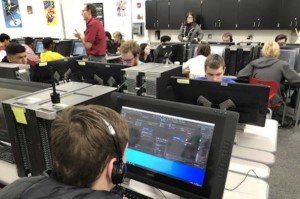
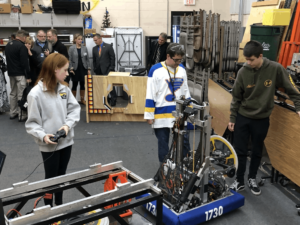
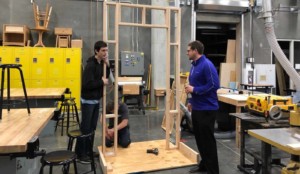
0 Comments
Leave a Comment
Your email address will not be published. All fields are required.